The Fold Line Blog
-
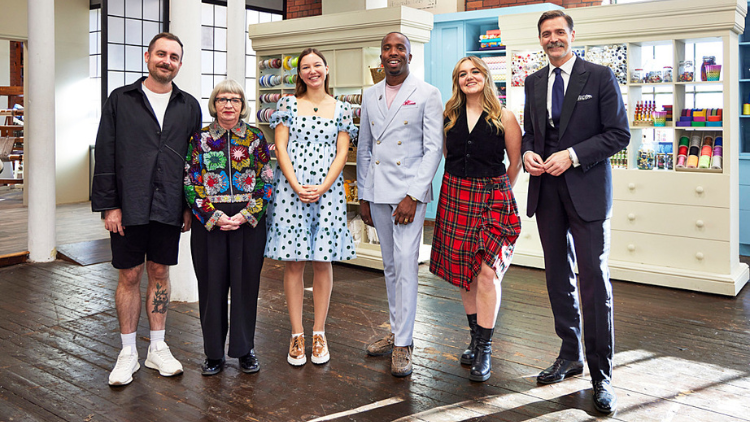
THE GREAT BRITISH SEWING BEE 2024 – SERIES 10 GET THE LOOK
We know lots of you have also been eyeing up some of the outfits that judge Esme Young, presenter, Kiell Smith-Bynoe and the finalists Ailsa, Luke and Pascha wore on series 10 of the Great British Sewing Bee, so we’ve found some patterns for recreating the looks if you fancy!Louise Carmichael -
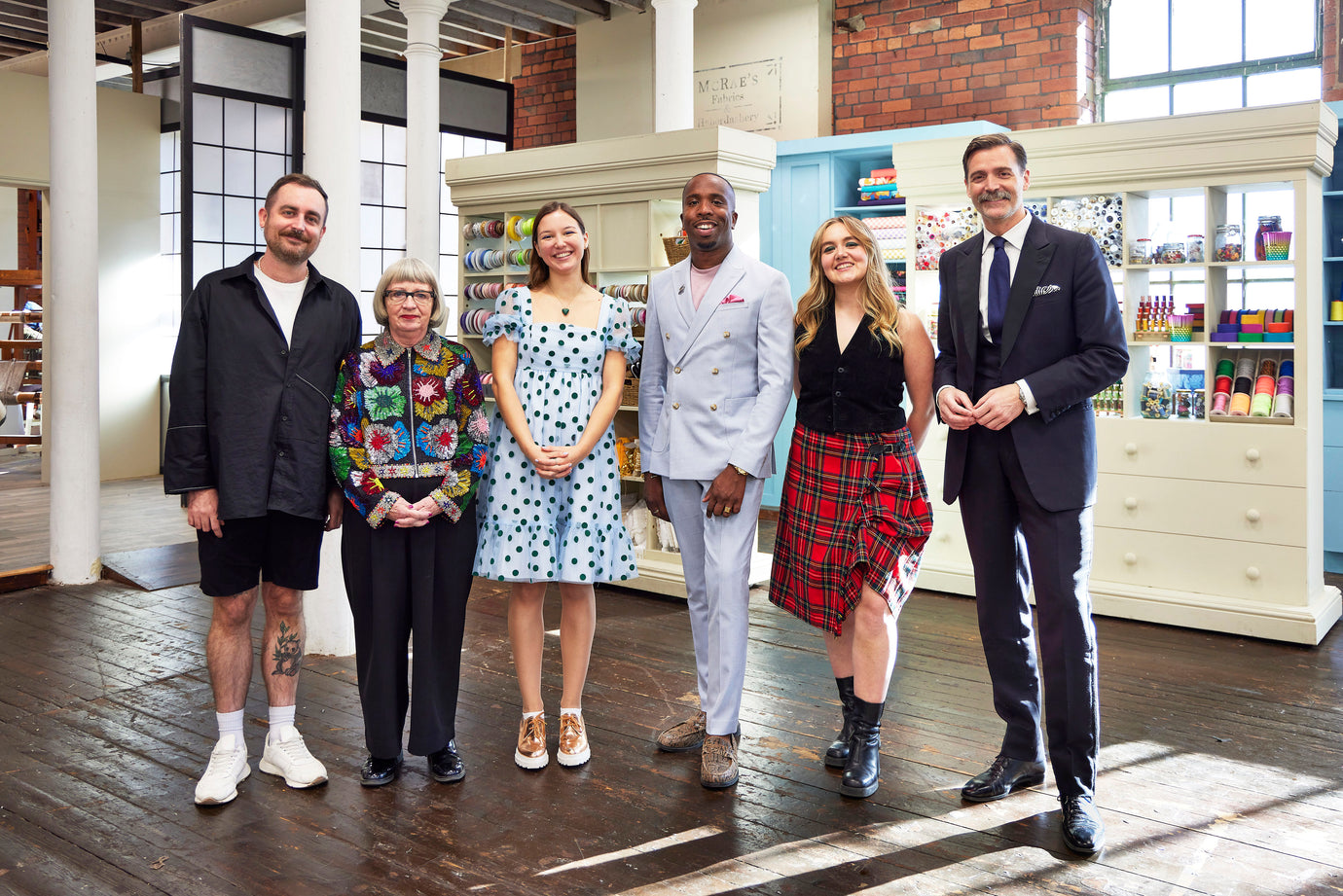
GREAT BRITISH SEWING BEE 2024 – SEWING PATTERNS S10 EP 10 FINAL
In the final of The Great British Sewing Bee series 10 and it's time to crown Britain's best amateur sewer. Three remaining contestants are challenged with making opera gloves, transforming party paraphernalia into a new party outfit and creating a full outfit by draping on their model.Rachel Walker -

GREAT BRITISH SEWING BEE 2024 – SEWING PATTERNS S10 EP 9
It's semi final week on the Sewing Bee! This week we are celebrating fashion icons with a Coco Chanel inspired made to measure.Louise Carmichael
-
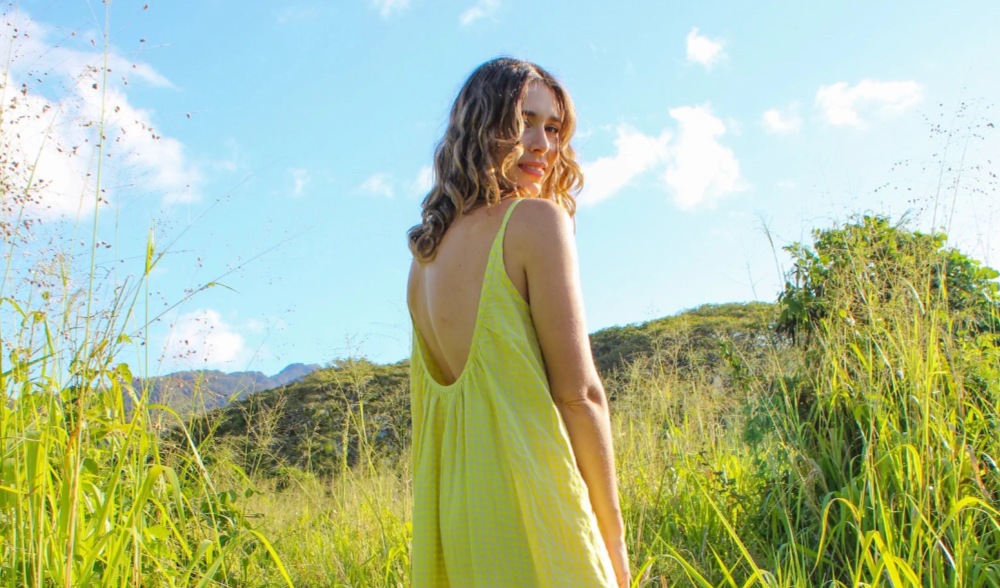
EASY AND SPEEDY SUMMER DRESSES
Looking for a speedy summer sew? Well you are in for a treat check out these easy dress patterns...Kate Underdown -
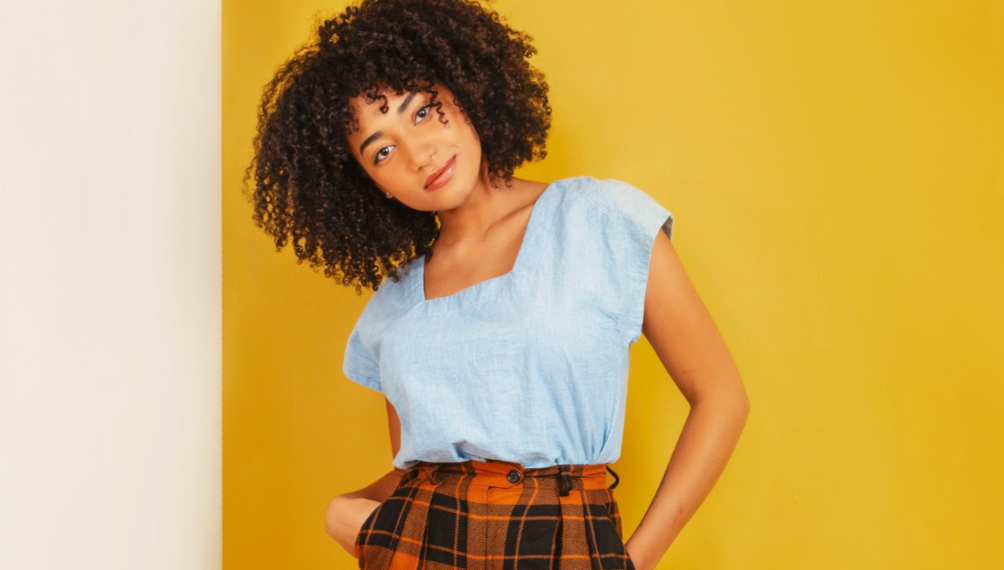
YOUR FAVOURITE SIMPLE SEWING PATTERNS
Check out our round up of simple patterns these are perfect for beginnersKate Underdown -
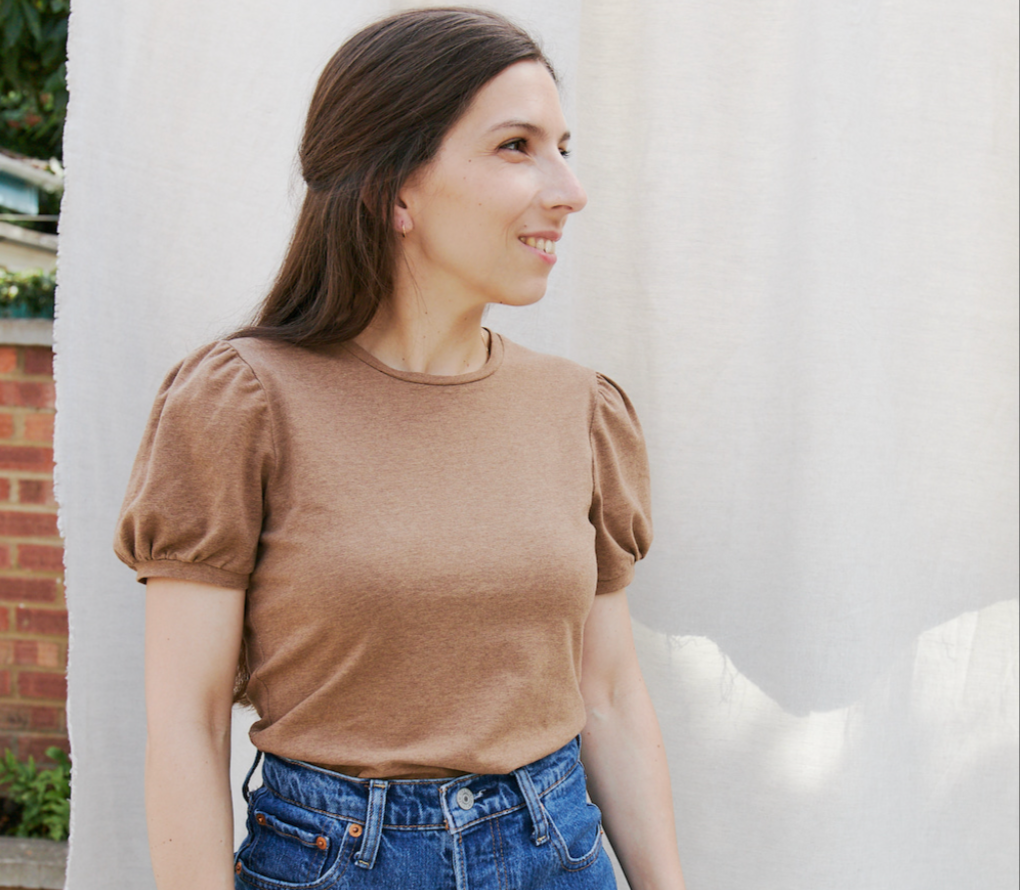
YOUR (NOT SO) BASIC T-SHIRT SEWING PATTERNS
We look at some indie desinger's take on the humble t-shirt...Kate Underdown
-
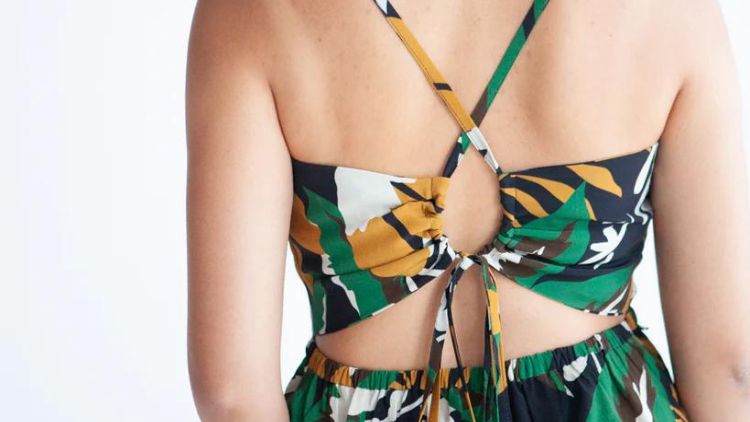
THE EDIT: NEW SEWING PATTERN RELEASES - 21 JULY
Things are hotting up and so are the new sewing pattern releases! Kate will take you through the latest arrivals in this week's Edit which includes new patterns from True Bias and Merchant & Mills as well as a summer top for beginners.Kate Underdown -
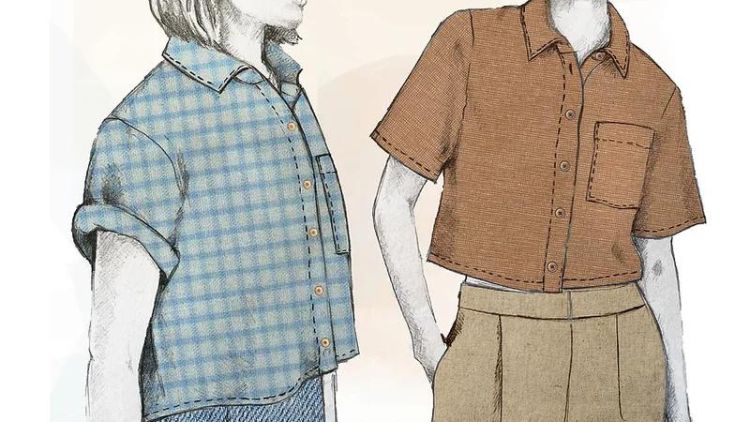
THE EDIT: NEW SEWING PATTERN RELEASES - 14 JULY
Fancy flicking through the latest edition of Tauko magazine? Kate is her pattern picks for a sports-themed issue in this week's EDIT. Plus, you won't want to miss a fabulous new FREE pattern and our latest pattern crushes.Kate Underdown -
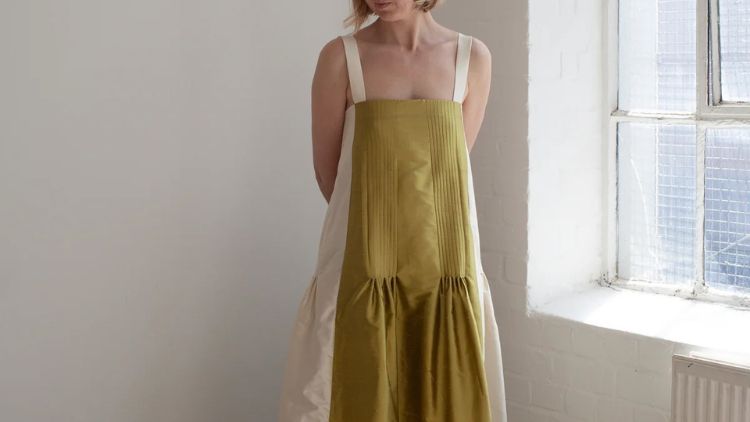
THE EDIT: NEW SEWING PATTERN RELEASES - 7 JULY
Keen to have a peek inside the latest edition of Fibre Mood? Kate is leafing through issue 29 sharing her pattern picks.Louise Carmichael
-
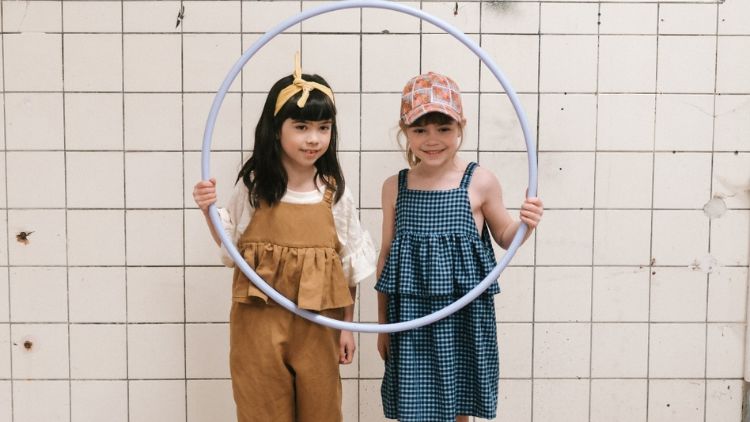
SEWING PATTERN BRANDS FOR COOL KIDS
Are you tired of the same old boring patterns for your little ones? Do you want to add some flair and personality to their wardrobe? Look no further! We've curated a list of six indie sewing pattern designers that will take your kids' style to the next level. If you sew clothes for children you won't want to miss this.Louise Carmichael -
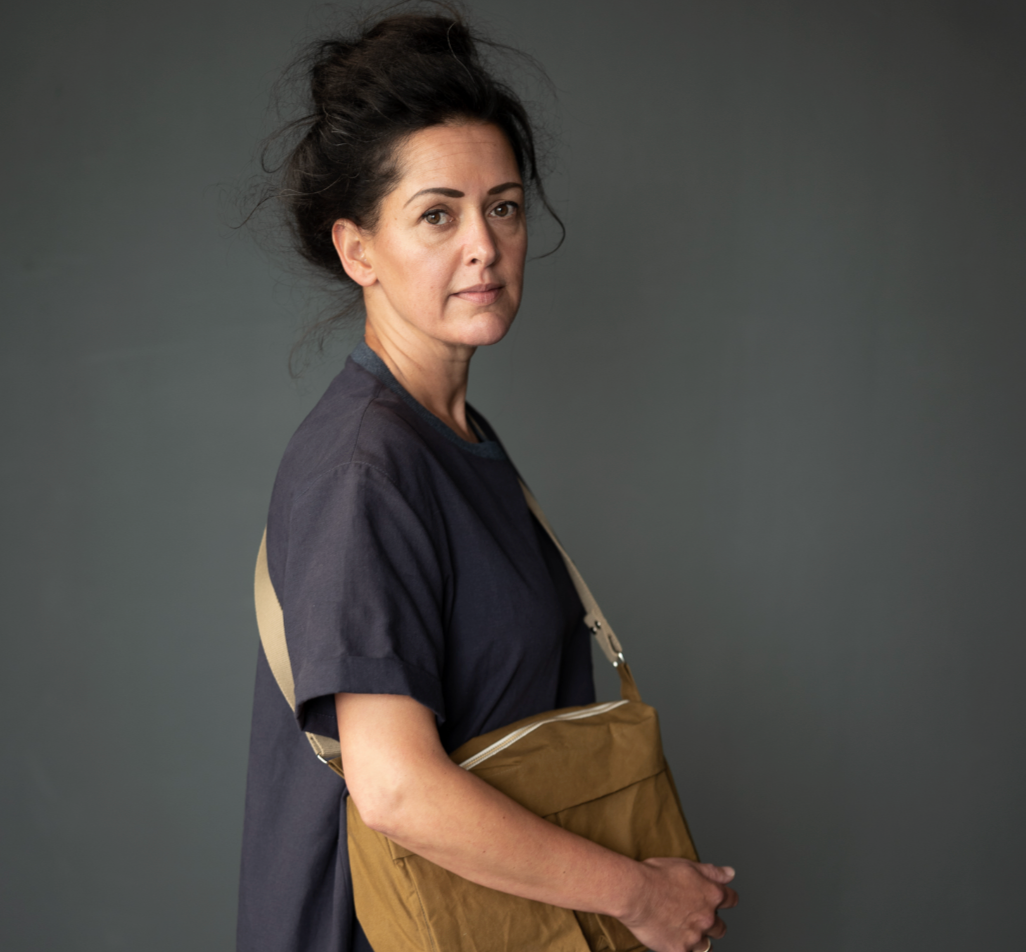
THE SHORTLIST: BAGS
Thinking of dipping you tow into a bit of accessory sewing? Check out our shortlist of the best bag patterns aroundKate Underdown -
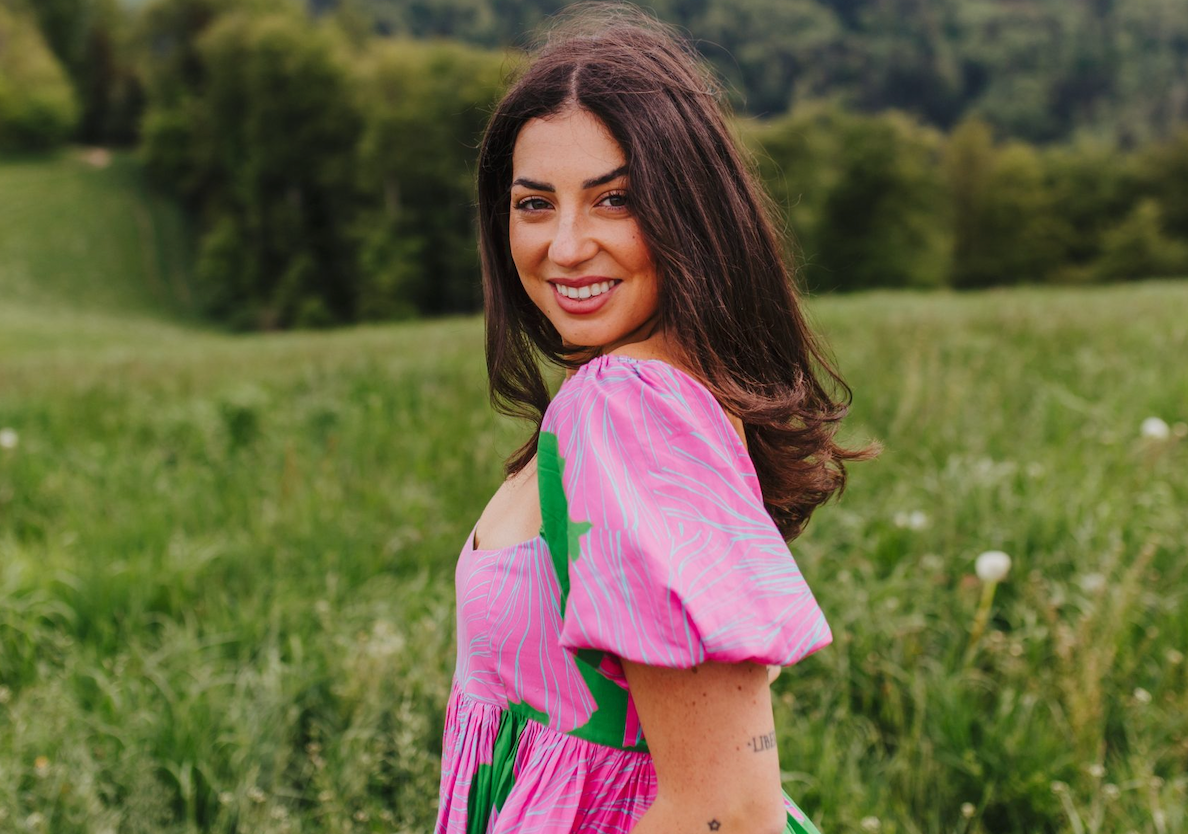
THE WEDDING GUEST EDIT: SUMMER DRESSES
Are you off to a wedding or event this summer? We've rounded up the best aisle attire for the big day....Kate Underdown


















